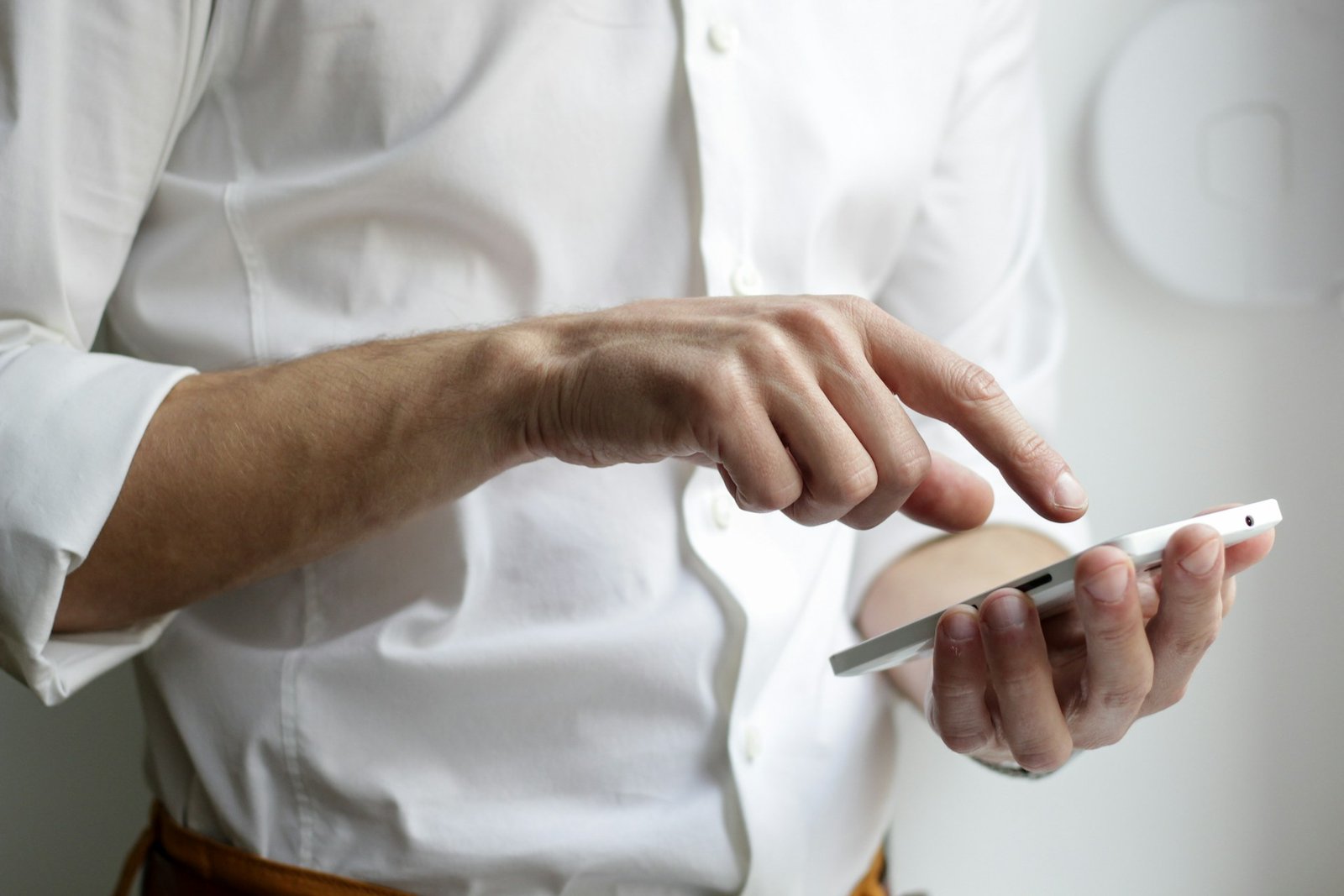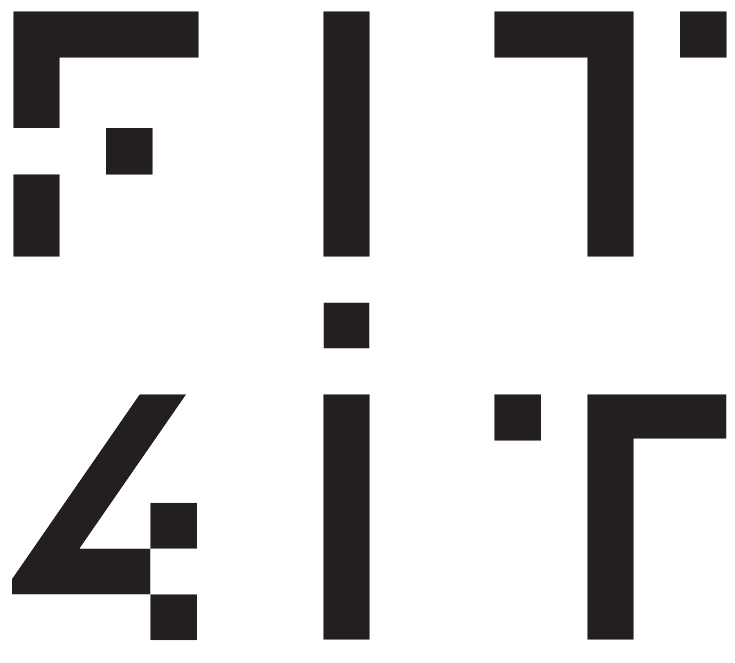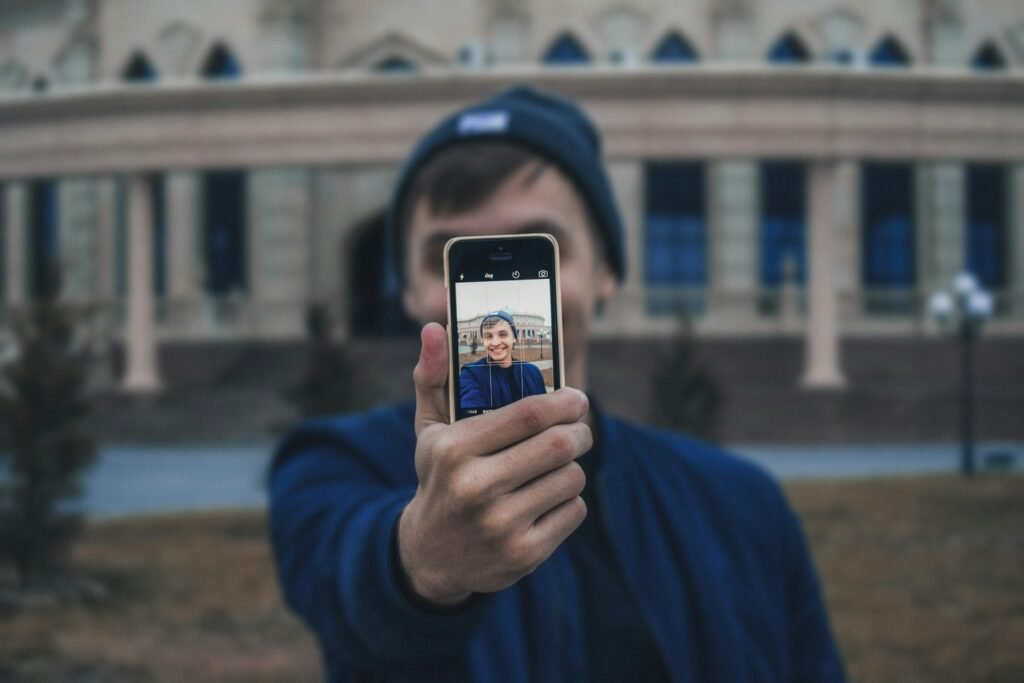Ever feel like your brain’s running on low battery before the day even starts? Your phone buzzes before you’ve sipped coffee, messages pile up during dinner, and somehow you’re doom-scrolling before bed without meaning to. We tell ourselves we’re staying connected. But honestly, it’s exhausting.
That constant “always-on” feeling? It’s not just in your head. Mental fatigue is real, and it’s creeping in through every ping, swipe, and notification.
That’s where a digital detox steps in; not as a punishment or trend, but as a reclaiming of your time, your peace, and your brain space.

A digital detox is about taking intentional breaks from screens to give your mind a chance to rest and recharge.
Why We Need to Unplug (Even If It’s Just for a Bit)
Let’s be clear: technology isn’t the enemy. Our devices are tools. They let us work, connect, learn, and grow in ways previous generations never imagined. But when those tools start using us instead of the other way around? That’s when we need to pause.
The human brain wasn’t designed to process this much input, 24/7. We’re not supposed to be reachable at every moment. We’re not meant to compare ourselves to thousands of others before breakfast.
The Signs You Might Need a Digital Detox
You don’t need to wait for a breakdown or burnout to consider unplugging. Sometimes, the signs are subtle:
- You reach for your phone the moment you wake up, before even thinking about how you feel.
- You feel “on edge” if you haven’t checked your messages in a while.
- You scroll even when you’re not enjoying it, just out of habit.
- You struggle to focus, sleep, or fully engage in conversations.
- You feel drained but don’t know why.
If any of those resonate, a detox could be your reset button.
What a Digital Detox Actually Looks Like (No, You Don’t Have to Move to the Mountains)
Let’s bust a myth right away: a digital detox doesn’t mean throwing your phone in the sea and disappearing for a month. It can be small, realistic, and incredibly powerful.

It’s not about cutting off technology forever, but about setting healthy boundaries that help you feel more present and in control.
Here are a few ways to start:
1. Create Tech-Free Zones
Make your bedroom, bathroom, or dinner table a no-phone zone. You’d be surprised how sacred space becomes when it’s not lit by a screen.
2. Start with Short Sprints
Try a 1-hour digital break in your day where you don’t check anything. Let it grow into an afternoon. Then a day. Maybe a weekend. Build the muscle gradually.
3. Turn Off Non-Essential Notifications
Most of us don’t need real-time updates from a shopping app. Silence the noise. You get to decide what deserves your attention.
4. Use Apps to Help You Use Fewer Apps
Poison kills poison. That is true to some extent, as some apps like Forest, Offtime, or Digital Wellbeing can help you track screen time and limit distractions.
5. Replace Screen Time with Real Time
What will you do with the space you create? You can go for a walk, try a yoga session, or just sit quietly with your thoughts, anything that helps you unplug.
What Happens When You Disconnect
When you unplug, something interesting happens: your mind starts to breathe again. You notice things. The sound of birds. The way the light falls in your room. The full tone of someone’s voice when they’re not competing with background noise. You feel clearer. Calmer. More grounded in your body.
One client at FIT4IT once told us, “I didn’t realize how much background anxiety I had until I turned my phone off for a day. It was like a constant buzzing stopped.”
That’s the power of presence. It doesn’t just lower your screen time, it raises your quality of life.
Making Digital Boundaries Part of Your Wellness Routine
At FIT4IT, we talk a lot about holistic fitness. That means looking at your mind, not just your muscles. Just like personal training strengthens your body through intentional effort, a digital detox strengthens your mind by giving it the space to reset. And in today’s world, a major part of mental fitness is managing your digital inputs.
Just like you schedule your workouts, schedule your offline time. Just like you nourish your body with the right food, feed your mind with stillness. You’ll be amazed how much energy comes back when your attention isn’t being hijacked every five seconds.
A Gentle Invitation
This isn’t about perfection. You don’t need to go cold turkey or toss your devices in a drawer forever. You just need to ask yourself: What is all this screen time costing me? And what could I get back if I paused?
Maybe it’s deeper sleep. Maybe it’s your creativity. Maybe it’s your peace. So try it. Experiment. Make it yours. Unplug to reconnect, not just with the world, but with yourself. Your mind deserves that much.
If this resonates, share your favorite digital detox rituals in the comments or with a friend. Together, let’s build a calmer, more conscious world.
Research & Further Reading
- Systematic Review on Digital Detox and Mental Health. “Digital Detox Interventions and Their Impact on Depressive Symptoms: A Systematic Review” https://www.ncbi.nlm.nih.gov/pmc/articles/PMC11392003/
- Digital Detox: Balancing Technology and Mental Health (From Dana Behavioral Health) https://www.danabehavioralhealth.org/digital-detox-balancing-technology-and-mental-health/
- Digital Detox and Cognitive Performance – Journal of Psychology and Therapy. https://jptcp.com/index.php/jptcp/article/download/7230/6871/16082/
Was this helpful?
Good job! Please give your positive feedback
How could we improve this post? Please Help us.







No Comments